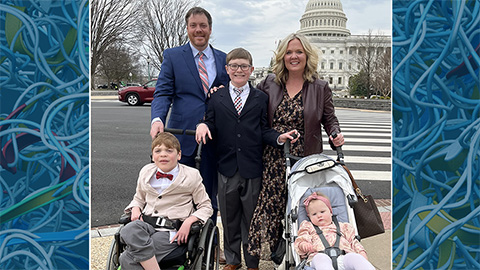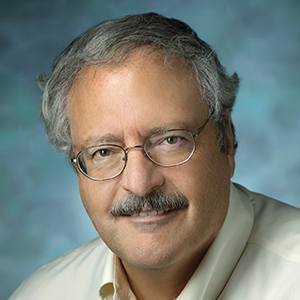No, we will not be silent
On Monday, members of the ASBMB Minority Affairs Committee released a powerful statement in response to police killings of Black people and institutionalized racism in the United States. Their message was emailed to all society members and was published in ASBMB Today. The ASBMB also shared it on all our social media channels, including our three journal accounts.
The ASBMB Council fully endorses and embraces this statement. We are grateful to the authors for writing with both vulnerability and courage. The statement is signed by its authors, because they deserve the writing credit, but we want to make clear that the society stands in solidarity with every word.
We especially want to emphasize this necessary call to action: "We call on all members of the ASBMB to step up, speak out and intervene, even if our voices shake, for it is only in just actions that we will start correcting some of the historical wrongs that our nation has imposed upon communities of color."
We encourage all of our members to actively participate, in whatever ways they are able, in the radical transformation of our country so that, finally, every voice will be heard, and justice and equity can be realized by all.
If you haven't already, or even if you have, please read the statement here.
Sincerely, and on behalf of the ASBMB Council,
Gerald Hart, ASBMB President
Enjoy reading ASBMB Today?
Become a member to receive the print edition four times a year and the digital edition monthly.
Learn moreGet the latest from ASBMB Today
Enter your email address, and we’ll send you a weekly email with recent articles, interviews and more.
Latest in Opinions
Opinions highlights or most popular articles

Debugging my code and teaching with ChatGPT
AI tools like ChatGPT have changed the way an assistant professor teaches and does research. But, he asserts that real growth still comes from struggle, and educators must help students use AI wisely — as scaffolds, not shortcuts.

AI in the lab: The power of smarter questions
An assistant professor discusses AI's evolution from a buzzword to a trusted research partner. It helps streamline reviews, troubleshoot code, save time and spark ideas, but its success relies on combining AI with expertise and critical thinking.

How AlphaFold transformed my classroom into a research lab
A high school science teacher reflects on how AI-integrated technologies help her students ponder realistic research questions with hands-on learning.

Writing with AI turns chaos into clarity
Associate professor shares how generative AI, used as a creative whiteboard, helps scientists refine ideas, structure complexity and sharpen clarity — transforming the messy process of discovery into compelling science writing.

Teaching AI to listen
A computational medicine graduate student reflects on building natural language processing tools that extract meaning from messy clinical notes — transforming how we identify genetic risk while redefining what it means to listen in science.

What’s in a diagnosis?
When Jessica Foglio’s son Ben was first diagnosed with cerebral palsy, the label didn’t feel right. Whole exome sequencing revealed a rare disorder called Salla disease. Now Jessica is building community and driving research for answers.

